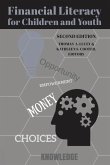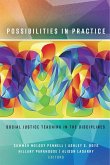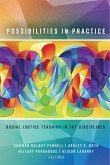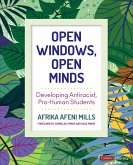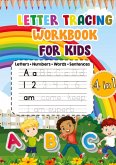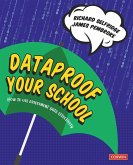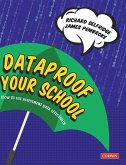The 1% and the other 99%...the Haves and the Have Nots...
Words such as junk bonds, subprime mortgage, bailouts, derivatives, and housing bubble have become part of the daily vernacular of the ordinary American. There is a chasm arguably growing between the "Haves" and the "Have Nots" which teachers must acknowledge and instruct the adults of tomorrow.
Financial Literacy for Children and Youth, Second Edition asserts that teaching is a social and political act capable of enabling the teachers of today to delve into the practical, theoretical, and socio-historical perspectives of financial literacy instruction in schools with the hopes to better the life outcomes of young people. Each section of the book reflects one of those perspectives. Each chapter is written by well-known financial literacy educators and is followed by questions designed to encourage discussion and critical analysis.
The book is designed for both preservice and in service social studies teachers and is written at a level understandable to both undergraduate and graduate students. The book challenges the teacher or teacher-to-be to think critically about financial literacy instruction as a necessary and important portal to social justice for the students of today.
Words such as junk bonds, subprime mortgage, bailouts, derivatives, and housing bubble have become part of the daily vernacular of the ordinary American. There is a chasm arguably growing between the "Haves" and the "Have Nots" which teachers must acknowledge and instruct the adults of tomorrow.
Financial Literacy for Children and Youth, Second Edition asserts that teaching is a social and political act capable of enabling the teachers of today to delve into the practical, theoretical, and socio-historical perspectives of financial literacy instruction in schools with the hopes to better the life outcomes of young people. Each section of the book reflects one of those perspectives. Each chapter is written by well-known financial literacy educators and is followed by questions designed to encourage discussion and critical analysis.
The book is designed for both preservice and in service social studies teachers and is written at a level understandable to both undergraduate and graduate students. The book challenges the teacher or teacher-to-be to think critically about financial literacy instruction as a necessary and important portal to social justice for the students of today.


